카바이드 재료 특성 이해
해결 방법 카바이드 가공 과제 효과적으로 활용하려면 먼저 카바이드의 고유한 특성을 이해해야 합니다. 탄소와 텅스텐과 같은 금속 원소의 화합물인 카바이드는 뛰어난 경도, 내마모성, 열 전도성을 자랑합니다. 하지만 이러한 속성에 대해 더 자세히 알아보겠습니다:
- 경도: 카바이드의 경도는 로크웰 단위로 측정되며, 90 HRA를 초과하는 경우가 많습니다. 따라서 변형에 강하지만 기계 가공이 어렵습니다.
- 열 안정성: 초경은 고온에서도 강도와 경도를 유지하기 때문에 고속 절삭 공구에 사용되는 주요 재료입니다.
- 내마모성: 카바이드 부품은 조밀한 구조 덕분에 마모 조건에서 다른 많은 대체품보다 오래 지속됩니다.
- 취성: 초경은 강도에도 불구하고 고르지 않은 응력이나 충격에 의해 깨지거나 갈라지기 쉽습니다.
이러한 특성을 이해하면 제조업체가 특정 애플리케이션에 적합한 등급과 도구를 선택해 낭비를 최소화하고 효율성을 높일 수 있습니다.
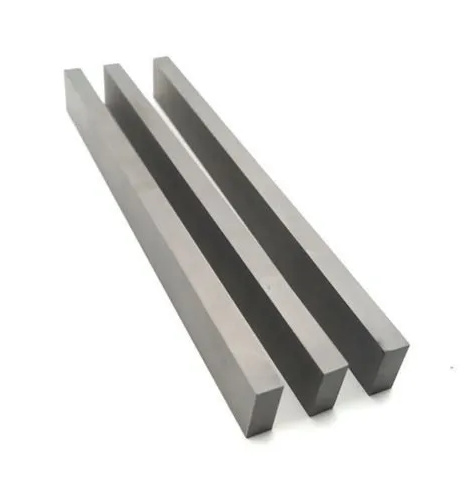
초경 가공의 일반적인 과제
초경 가공은 결코 쉬운 일이 아닙니다. 극한의 경도는 성능은 뛰어나지만 공구와 기술이 까다롭다는 양날의 검과도 같습니다. 가장 일반적인 문제를 살펴보겠습니다:
1. 도구 마모 및 파손
카바이드의 경도는 공구의 빠른 마모로 이어집니다. 카바이드용으로 설계된 절삭 공구도 빠르게 성능이 저하되어 잦은 교체와 비용 증가로 이어질 수 있습니다.
2. 열 발생
가공 카바이드는 상당한 열을 발생시켜 정밀도에 영향을 미치고 공구 성능 저하를 유발할 수 있습니다. 따라서 열 방출을 관리하는 것이 중요합니다.
3. 표면 마감 문제
카바이드는 부서지기 쉬운 특성으로 인해 매끄러운 마감 처리가 까다롭습니다. 부적절하게 가공하면 표면에 균열이 생기거나 거친 질감이 생길 수 있습니다.
4. 칩 제어
카바이드의 취성은 종종 고르지 않거나 조각난 칩을 발생시켜 수거 및 폐기에 어려움을 겪게 합니다.
5. 높은 장비 비용
카바이드 가공에 필요한 특수 기계와 도구는 고가의 비용이 듭니다. 이는 소규모 제조업체가 이 기술을 채택하는 데 걸림돌이 될 수 있습니다.
초경 가공의 혁신
| 혁신 | 설명 | 혜택 |
|---|---|---|
| 고급 코팅 | 절삭 공구에 TiAlN 또는 다이아몬드와 유사한 탄소와 같은 코팅을 적용합니다. | 공구 수명 연장, 마모 감소, 내열성 향상. |
| 고정밀 연삭 | 다이아몬드 그라인딩 휠의 활용. | 표면 마감과 치수 정확도가 향상되었습니다. |
| 냉각수 통합 시스템 | 고압 냉각수 전달 시스템 사용. | 효과적인 열 관리, 열 변형 감소. |
| 레이저 보조 가공 | 레이저로 카바이드 표면을 예열합니다. | 취성 감소, 칩 제거 용이. |
| 적층 제조 | 카바이드 분말이 포함된 3D 프린팅 도구. | 도구 사용자 지정, 재료 낭비 감소. |
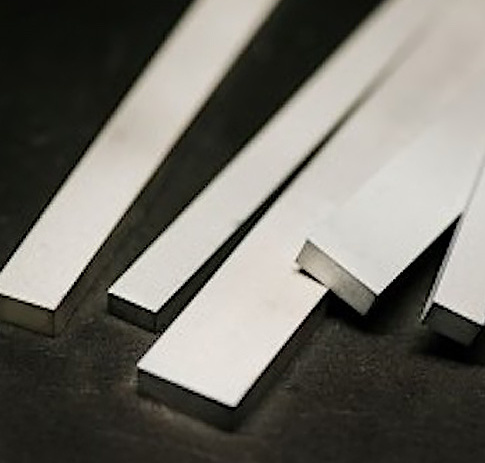

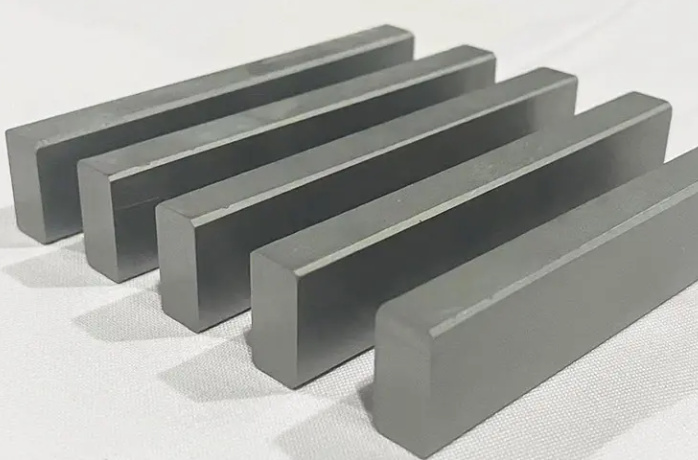
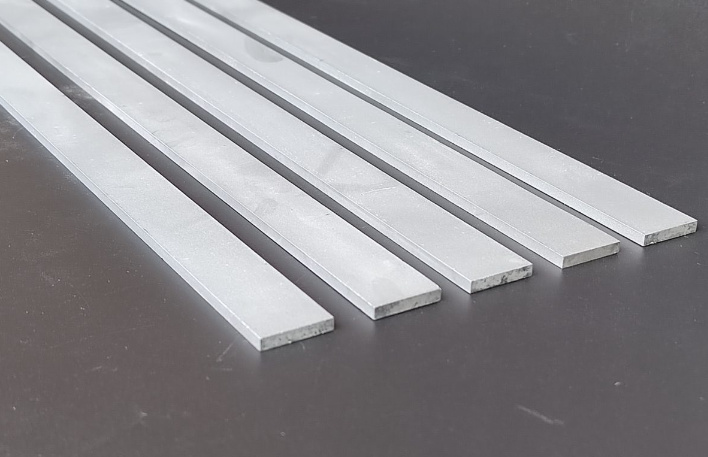
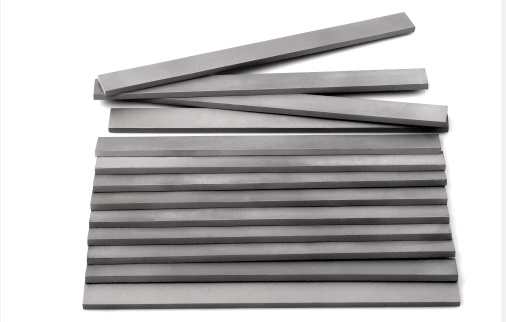
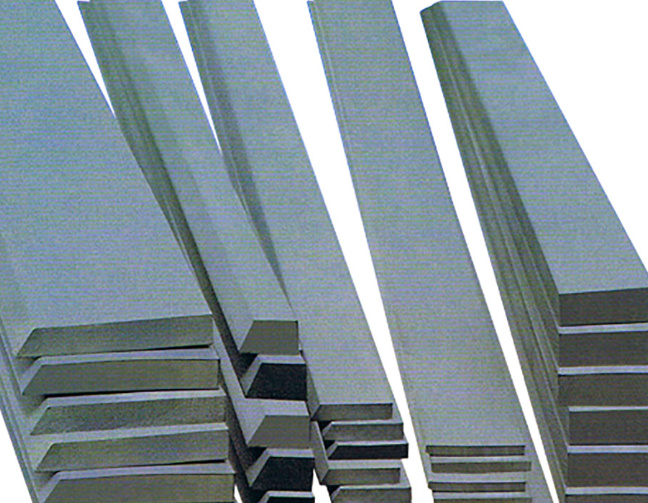
제조업체를 위한 실용적인 팁
1. 적합한 도구 선택
다이아몬드 팁 또는 코팅 옵션과 같이 카바이드용으로 특별히 설계된 공구를 선택하세요. 내마모성을 위해 더 단단한 등급을, 충격 흡수를 위해 더 부드러운 등급을 선택하는 등 공구의 등급을 용도에 맞게 선택하세요.
2. 절단 매개변수 최적화
속도, 이송 속도, 절삭 깊이의 균형을 맞춰 공구 마모를 최소화합니다. 초경 가공에는 낮은 속도가 더 효과적인 경우가 많습니다.
3. 적절한 냉각수 사용
고성능 절삭유는 열을 줄이고 공구 수명을 연장합니다. 대규모 작업에는 플러드 냉각을, 정밀 작업에는 미스트 냉각을 고려하세요.
4. 고품질 기계에 투자
카바이드 가공에는 진동 감쇠 기능이 있는 고강성 CNC 기계가 필수적입니다. 정밀도가 중요하므로 여기서 한 치의 오차도 허용해서는 안 됩니다.
5. 정기적인 도구 유지 관리
공구를 정기적으로 점검하고 다시 연마하세요. 공구가 무뎌지면 효율성이 떨어질 뿐만 아니라 카바이드 부품이 손상될 수 있습니다.
초경 가공의 특성
카바이드 가공은 고유한 특징이 두드러집니다. 자세한 내용은 다음과 같습니다:
- 내구성: 마모가 심한 환경에서도 부품의 수명이 길어집니다.
- 정밀도: 엄격한 허용 오차를 달성할 수 있습니다.
- 다용도성: 툴링부터 항공우주까지 다양한 산업에 적합합니다.
- 비용 효율성: 초기 비용은 높지만 장기적으로 내구성과 성능이 향상되어 이를 상쇄할 수 있습니다.
비교 초경 가공의 도전 과제 및 기타 대체품
| 기능 | 초경 가공 | 강철 가공 | 세라믹 가공 |
|---|---|---|---|
| 경도 | 우수 | 보통 | 높음 |
| 공구 마모율 | 높음 | 보통 | 낮음 |
| 내열성 | 우수 | 양호 | 우수 |
| 비용 | 더 높은 선불 | 초기 비용 절감 | 높음 |
| 취성 | 깨지기 쉬운 | 덜 부서지기 쉬움 | 매우 취약한 |
| 표면 마감 정밀도 | 높은 정밀도 달성 가능 | 중간 정도의 정밀도 | 뛰어난 정밀도 |
초경 가공 공구 구매 시 유의 사항
카바이드 가공 도구를 구매할 때는 다음 사항을 고려하세요:
- 재료 등급: 애플리케이션과의 호환성을 보장합니다. 코발트 바인더가 포함된 텅스텐 카바이드는 다용도로 사용할 수 있습니다.
- 공구 코팅: 코팅된 공구는 수명이 길어지고 성능이 향상됩니다.
- 공급업체 평판: Kennametal, Sandvik 또는 Ceratizit과 같은 신뢰할 수 있는 브랜드만 사용하세요.
- 사용자 지정 기능: 고유한 애플리케이션의 경우 맞춤형 도구 설계를 고려하세요.
- 가격 대비 성능: 고품질 도구는 초기 비용이 높지만 장기적으로는 비용을 절감할 수 있습니다.
의 장점과 한계 초경 가공의 도전 과제
| 측면 | 장점 | 제한 사항 |
|---|---|---|
| 경도 | 마모 및 변형에 대한 높은 내구성 | 극도의 경도로 인해 기계 가공이 어려움 |
| 열 안정성 | 고온에서 속성 유지 | 고급 냉각 솔루션 필요 |
| 장수 | 거친 환경에서도 내구성 강화 | 높은 초기 장비 비용 |
| 정밀도 | 엄격한 공차 및 우수한 표면 마감 | 깨지기 쉽고, 스트레스를 받으면 부서지기 쉬움 |

자주 묻는 질문
| 질문 | 답변 |
|---|---|
| 카바이드는 가공에 어떤 용도로 사용되나요? | 초경은 경도와 열 안정성으로 인해 절삭 공구, 금형 및 내마모성 부품에 사용됩니다. |
| 카바이드 가공이 어려운 이유는 무엇인가요? | 극도로 단단하고 부서지기 쉬워 공구를 다루기 어렵고 특수 장비가 필요합니다. |
| 카바이드 공구의 수명을 연장하려면 어떻게 해야 하나요? | 적절한 코팅을 사용하고, 절단 매개변수를 최적화하고, 효과적인 냉각 기술을 사용합니다. |
| 카바이드는 어떤 산업에 도움이 되나요? | 항공우주, 자동차, 툴링, 광산업에서는 내구성과 정밀성 때문에 초경을 자주 사용합니다. |
| 카바이드 가공은 비용 효율적입니까? | 초기 비용이 많이 들지만 내구성과 성능이 뛰어나 장기적으로 상당한 비용을 절감할 수 있습니다. |




